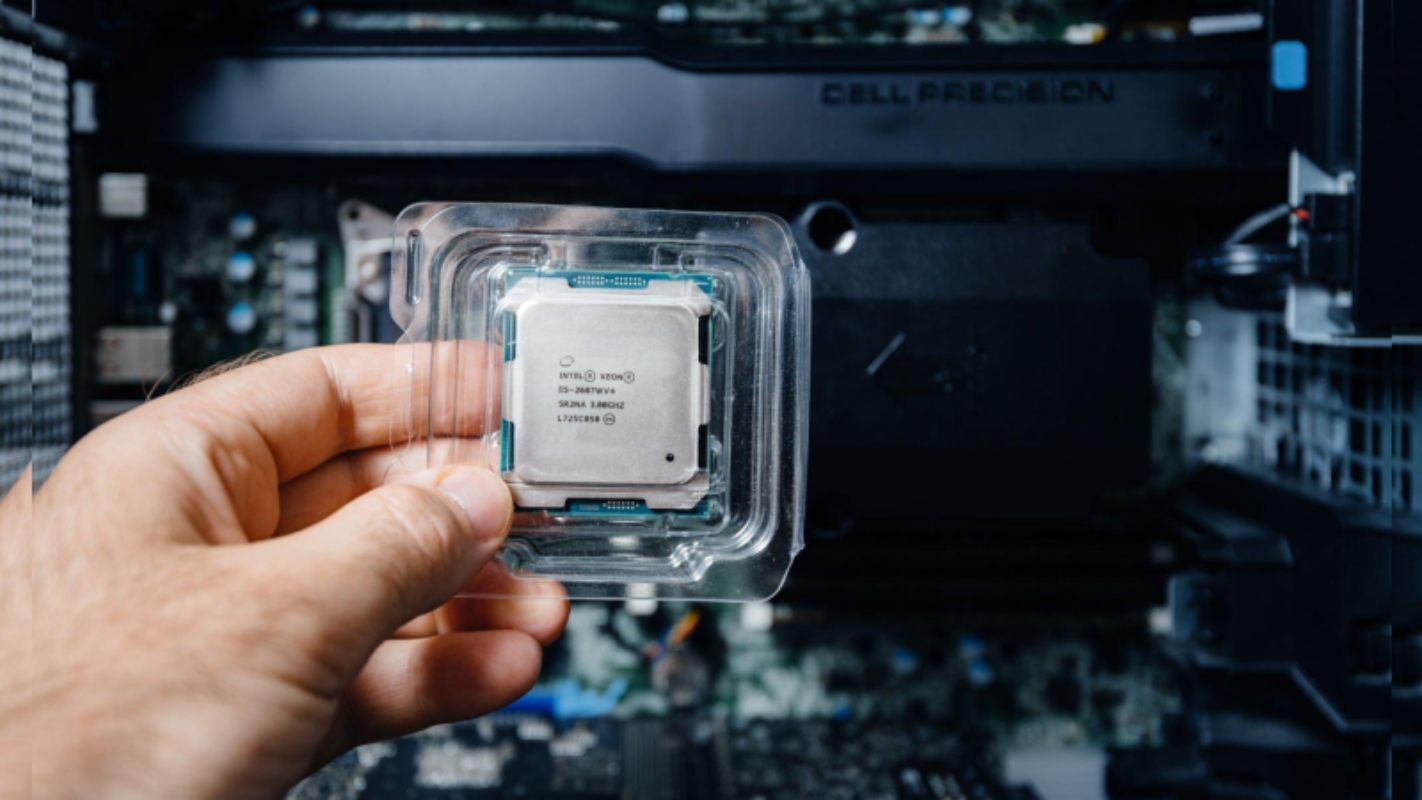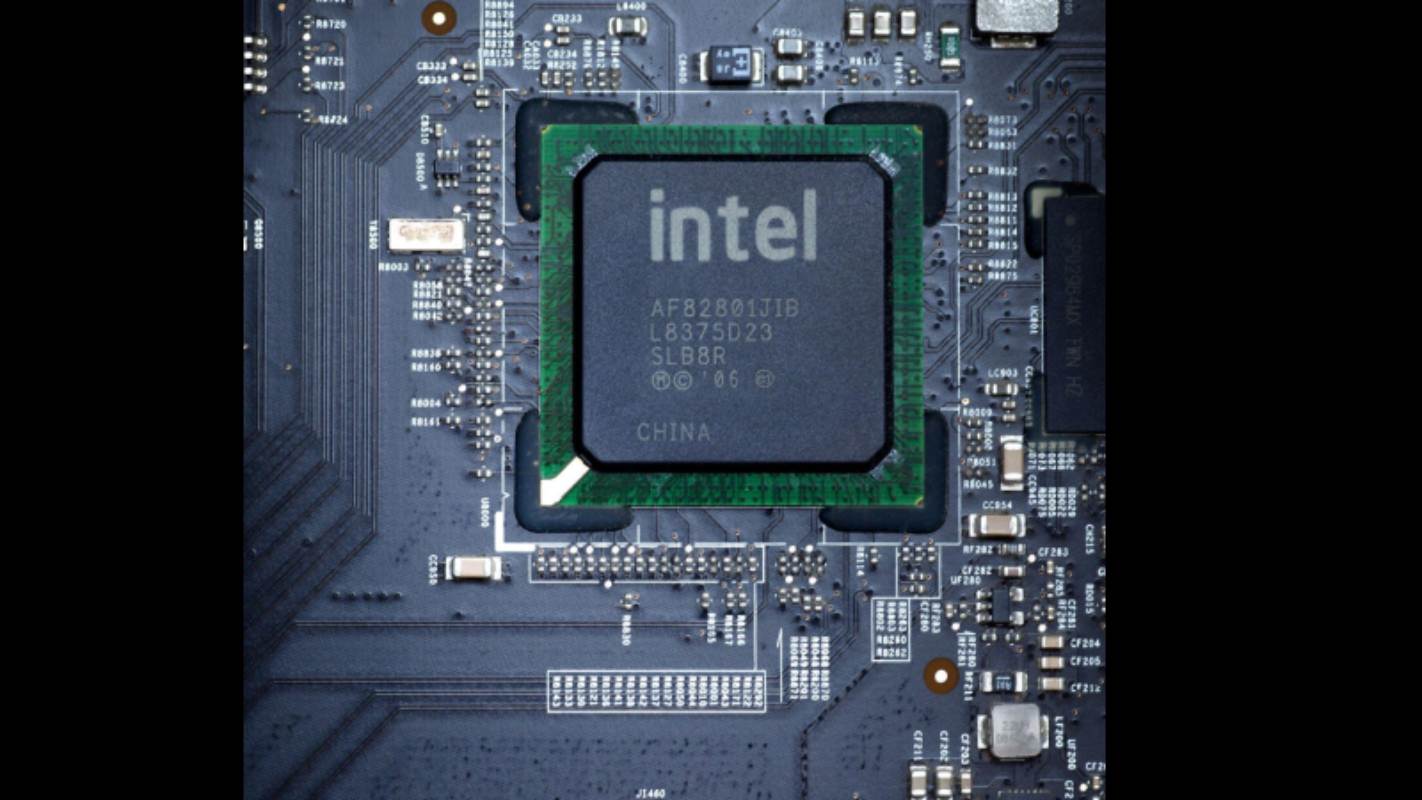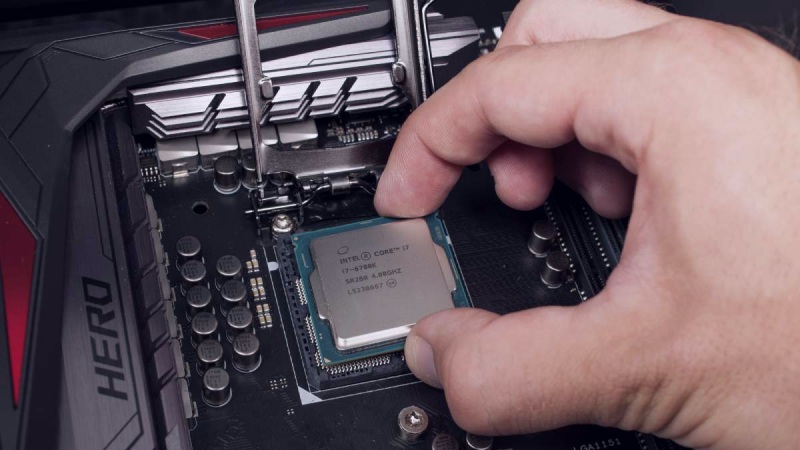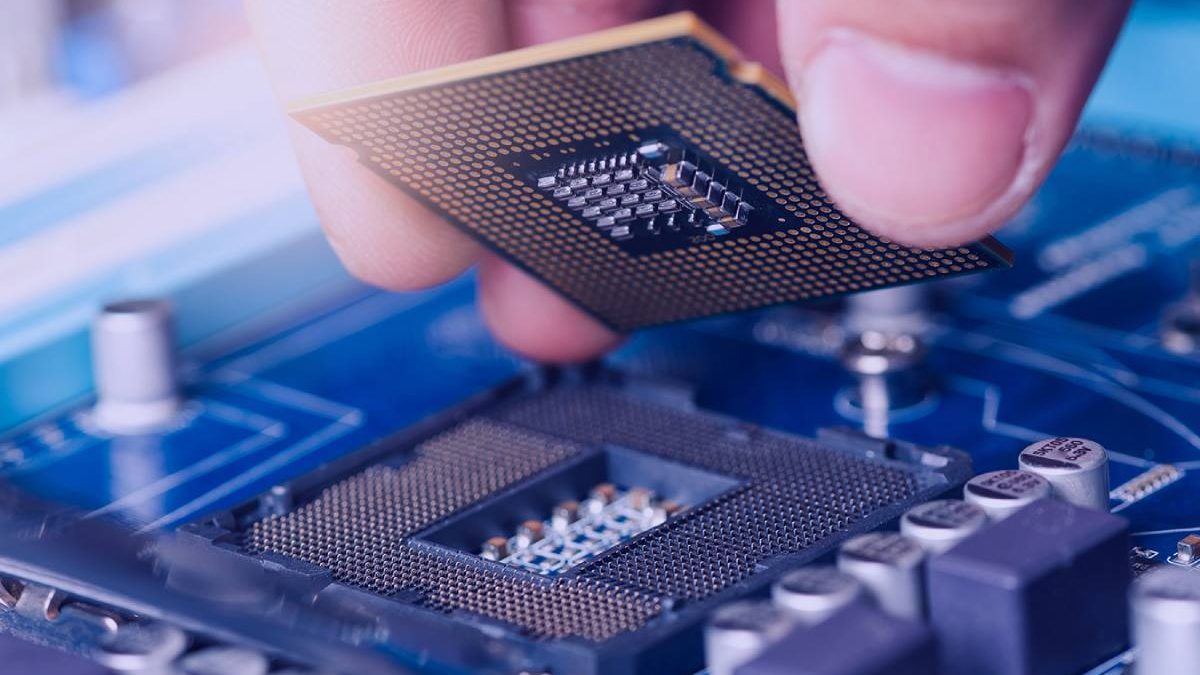Table of Contents
About How to Overclock Your Intel CPU
How to Overclock Your Intel CPU doesn’t have to be complicated. We cover the basics of how overclocking works. Your strength wants to do it and the best practices to achieve it.
A stable overclock of your CPU is a great way to extract even more performance from your hardware. The process might seem compound, but the fundamentals of overclocking are pretty straightforward. We will cover the fundamentals of overclocking, how it works, and a few ways you can safely do it by hand.
If you’re looking for a more hands-on, customisable approach, you can read about achieving a physical overclock using BIOS. You can also absorb how to use Intel Performance Maximiser overclocking software to automatically complete this process if you have the latest Gen Intel Core processor.
Otherwise, we will start with the basics and walk you through what you need to know to begin overclocking your CPU.
What Is Overclocking?
Overclocking your unlocked Intel® Core™ processor, RAM, and the motherboard is a way to custom-tune your PC.
Overclock Your Intel CPU Basics

The CPU (Central Processing Unit) is the mind of your PC. It’s a compound and controlling piece of hardware planned to execute the massive number of calculations each second that help power the modern PC experience.
A processor’s computing speed by its operating frequency clock is also known as CPU clock frequency, CPU frequency, or clock speed. The higher this frequency, the earlier your processor can assume the high volume of calculations your system needs to operate correctly.
The Basics of Overclock Your Intel CPU
The overclocker purposely increases the CPU operation frequency above the original stock conditions to overclock a processor. Because the processor’s frequency profoundly impacts the effective computational rapidity of the CPU, the ultimate goal is to grow the CPU’s frequency to achieve faster performance.
Three Factors determine the CPU Frequency.

- BCLK or Base Clock Rapidity – This is the base regularity of your CPU, usually slow in GHz.
- Multipliers or “Core Multipliers” – There is a sole multiplier for each CPU core. These multipliers are helpful to the base clock frequency, and the result is the core frequency, usually measured in GHz.
- Vlore or Core Voltage – This is the primary input voltage to the processor. Higher voltage levels are compulsory to obtain higher stable CPU frequencies because faster hurries require more power.
However, a higher core voltage also results in higher heat output and greater power consumption by the CPU.
PBCLK x Multipliers = CPU Core Frequency.
Example: 100 MHz (BCLK) x 44 = 4400 MHz = 4.4 GHz. This number, in GHz, is the quantity you’re most likely to an incident when looking at basic CPU speed specifications.
To increase the CPU frequency through an overclock, we resolve by raising the multipliers in +1 intervals, thoroughly adding 100 MHz to our computer’s incidence at a time, and testing for achievement and stability. We will then continue that development until we reach the limits of what is possible with the hardware.
In addition to adjusting regularities, the overclocking process might need that you raise select voltages and change other performance locations on the system to maintain stability at high frequencies.
What Is Essential to Overclock: Testing and Monitoring
Your distance may vary with this procedure. Every chip is dissimilar, and just because one person got a positive overclock doesn’t mean you’ll be able to influence the same levels even if you had the same CPU. In addition, your motherboard can only have some of the features needed to get a good to overclock.
This guide is a general plan of the course, but be bold and do more exploring on your motherboard, your CPU, and what they can switch. Looking at other common overclocking achievements can give you a decent ballpark, but you’ll still have to go through the process step by step to find your ideal settings and what your chip is capable of.
What to Remember Before Overclocking?

I think your mileage may vary with this development. Every chip is different and objective because one being got a positive overclock doesn’t mean you’ll be able to reach the same levels—even if you had the same CPU. In addition, your motherboard may not consume all the features needed to get a good overclock.
This guide is an overall outline of the development, but feel free to do more exploring on your motherboard. Your CPU and what they can handle. Looking at other people’s overclocking successes can give you a decent ballpark. But you’ll still have to go through the process step by step to find your ideal settings and what your chip is capable of.
We’re going to overclock by slowly raising the multiplier to find the highest clock speed. First, find your BIOS multiplier option, usually called “core ratio”.If there’s an option to “Sync All Centers.” Then choose that before continuing. Next, could you punch in a judicious multiplier? This will vary from CPU. But some research should give to you. An idea of where people are opening on your model and media Enter. For my 8086K, I am happening with a multiplier of 45.
The Hardware You Need to Overclock
Now that we’ve enclosed the basics, we can explore the necessary hardware to try an overclock.
It would help if you used an adequate cooling explanation to overclock your CPU. Developed speeds and voltages mean more heat generated by the CPU, which means a more efficient cooling solution is required for the CPU to operate safely. Therefore, a capable CPU cooler is critical when struggling to overclock.
You will also essential a CPU with a K or X at the finish of the term, an Intel Core i9-9900K processor. The K-series and X-series suffixes designate that the frequency multipliers on the unit aren’t locked and thus permit overclocking. To learn more about Intel CPU names and descriptions, check out this failure of CPU terms.
You will, too, need a motherboard that allows for overclocking. Again, there are many manufacturers, but you’ll want to look for a motherboard from the Z series, a Z390, or X-series, such as an X299 motherboard or CPU. These chipsets have in-built support for overclocking and other features that can further enhance your knowledge.
To serve various market conditions, two equal Z chipset motherboards may carry different features. Could you make sure to choose the board that’s right for you?
Conclusion
If you follow the guidelines above when BIOS overclocking, the results should be a stable system with a CPU running faster than before. So if you’ve run your stress test and the system is sound, Congratulations!
It still makes sense to occasionally monitor your settings. Please make sure your CPU operates at proper temperatures, especially if you modify or replace any other hardware. But most highly, take the time to enjoy your new overclock and all the benefits a faster CPU can offer. If you’re ready to get the most out of another component, check out our guide on overclocking RAM.
Innovative Planning for High-Performing Teams: A Roadmap to Success

